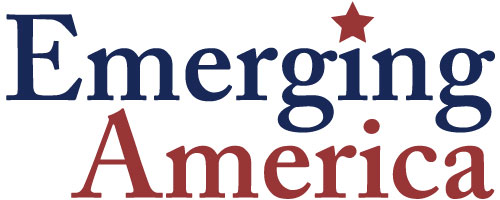Distance Check-in
Teachers strive to engage all learners. A 'best practice' is to create multiple ways for students to communicate what they need, and multiple ways to check in to see how students are learning. Simple online survey tools can provide an avenue for students to communicate how they are doing.
